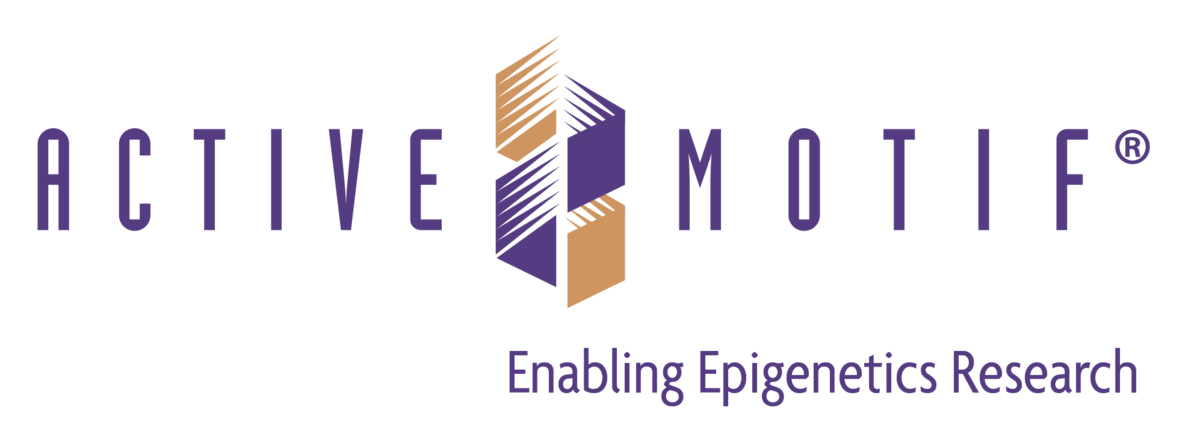The human gastrointestinal tract is estimated to contain as many as 100 trillion microbes, with key roles in diverse physiological processes. Acquiring a better understanding of the gut microbiome and how it contributes to human health may lead to the development of novel treatments for conditions including inflammatory bowel disease, arthritis, and neurodegenerative disorders.
Development of the gut microbiome
The human gut microbiome establishes at birth via colonization by environmental microbes, when it is largely dominated by Bifidobacterium and Lactobacillus. Over time, the diversity of the microbiota increases, with a healthy human adult typically hosting several hundred species-level phylotypes, mainly comprising Bacteroides and Firmicutes1. The microbiota composition then remains relatively stable until later life, when it becomes less diverse and more dynamic, with a higher Bacteroides to Firmicutes ratio, increased Proteobacteria, and decreased Bifidobacterium1. However, deviations from this path can easily occur, contributing to the development of conditions such as recurrent diarrhea, allergies, and obesity.

Physiological roles for the gut microbiome
The gut microbiome performs a broad array of functions. In newborns and young infants, the gut microbiome plays an important role in immune system development, and it is has been suggested that differences in the microbiota are linked to childhood allergies2. The gut microbiome also provides the ability to metabolize otherwise inaccessible nutrients. For example, a comparison of the human genome with the average content of previously sequenced microbial genomes showed the gut microbiome to have significantly enriched metabolism of glycans, amino acids, and xenobiotics3. Other roles for the gut microbiome include regulating gut endocrine function and neurological signaling, modifying drug action and metabolism, and eliminating toxins, as well as influencing processes such as organ morphogenesis, tissue homeostasis, and intestinal vascularization4,5.
Factors influencing the microbiota composition
In recent decades, numerous factors have been found to affect the makeup of the gut microbiome. At the turn of the century, a glut of publications highlighted the deleterious effects of antibiotic treatment on the microbiota composition, with several suggesting these to induce a prolonged dysfunction6. And, in 2012, sequencing of microbial DNA in stool samples from three-month-old exclusively breast- and formula-fed infants showed the microbiota of breast-fed infants to have a higher taxonomic diversity7. It has also been discovered that malnutrition is characterized by increased Proteobacteria and decreased Bacteroides levels, while a high Firmicutes/Bacteroidetes ratio is frequently cited as a hallmark of obesity8,9. Today, efforts to harness the gut microbiome for therapeutic benefit are growing, and encompass hundreds of clinical trials of probiotics for treating various human conditions10.
A shift towards functional profiling
Although researchers have historically focused on deciphering the taxonomical composition of the gut microbiome, there is a shift towards functional profiling. This is because the functional capacity of the gut microbiome is highly conserved, despite huge differences in microbiota composition between healthy individuals. A 2020 study aimed at investigating the basis for functional redundancy in the human microbiome by analyzing its genomic content identified key evolutionary and ecological factors responsible for the functional overlap of different microbes in microbial communities11. These included selection pressure and the genome similarity of different species. In addition, when the authors performed a retrospective analysis of data from two published studies of fecal microbiota transplantation (FMT), they found that high functional redundancy of the recipient’s pre-FMT microbiota limited donor microbiota engraftment 11.
The Human Microbiome Project (HMP)
The human microbiome project is an extension of the human genome project that aims to “understand the microbial components of the human genetic and metabolic landscape and how they contribute to normal physiology and predisposition to disease12.” By providing answers to questions such as do all humans share an identifiable ‘core’ microbiome, how stable is the microbiome of an individual during the course of their lifetime, and what affects the genetic diversity of the microbiome, this international effort promises to reveal new diagnostic biomarkers of health and guide the development of novel therapeutic strategies for a wide range of health conditions.
Supporting your research
LubioScience represents some of the most trusted brands in research and works closely with our partners to offer an extensive selection of products for studying the gut microbiome. Contact us today to discuss how we can support your project.
References
- Ottman et al. (2012) Front Cell Infect Microbiol. 9:2:104
- Sjögren et al. (2009) Clin Exp Allergy 39(4):518-26
- Gill et al. (2006) Science 312(5778):1355-9
- Fan et Pedersen (2021) Nat Rev. Micobiol. 19(1):55-71
- Sommer et Bäckhed (2013) Nat Rev Micobiol. 11(4):227-38
- Sekirov et al. (2010) Physiol. Rev. 90(3):859-904
- Schwartz et al. (2012) Genome Biol. 13(4):r32
- Iddrisu et al. (2021) Nutrients 13(8):2727
- Magne et al. (2020) Nutrients 12(5):1474
- Liu et al. (2018) J Clin Pharmacol. 58 Suppl 10(Suppl 10):S164-S179
- Tian et al. (2020) Nat Commun. 11(1):6217
- Turnbaugh et al. (2007) Nature 449(7164):804-10
Supplier

Norgen Biotek
Norgen Biotek are experts in sample collection and preparation. In addition to the topselling RNA Purifiation Kit line, Norgen also offers tools for the collection and analysis of microbiome samples.
- Read more here: Collecting samples for microbiome profile analysis

Active Motif
Active Motif offers all you need for researching epigenetics and gene regulation: from sonification devices to ChIP-Seq, CUT&Tag kits as well as validated antibodies.

List Laboratories
List Laboratories provides bacterial toxins for research. Their products include cholera, pertussis, tetanus, diphtheria, Pasteurella multocida, shiga-like and botulinum toxins. List Biologicals also provides toxin subunits, recombinant PA, LF, and EF from Bacillus anthracis, toxoids, antisera, and LPS.
